Master These 15 DIY Home Repair Skills for Free and Save Big Bucks
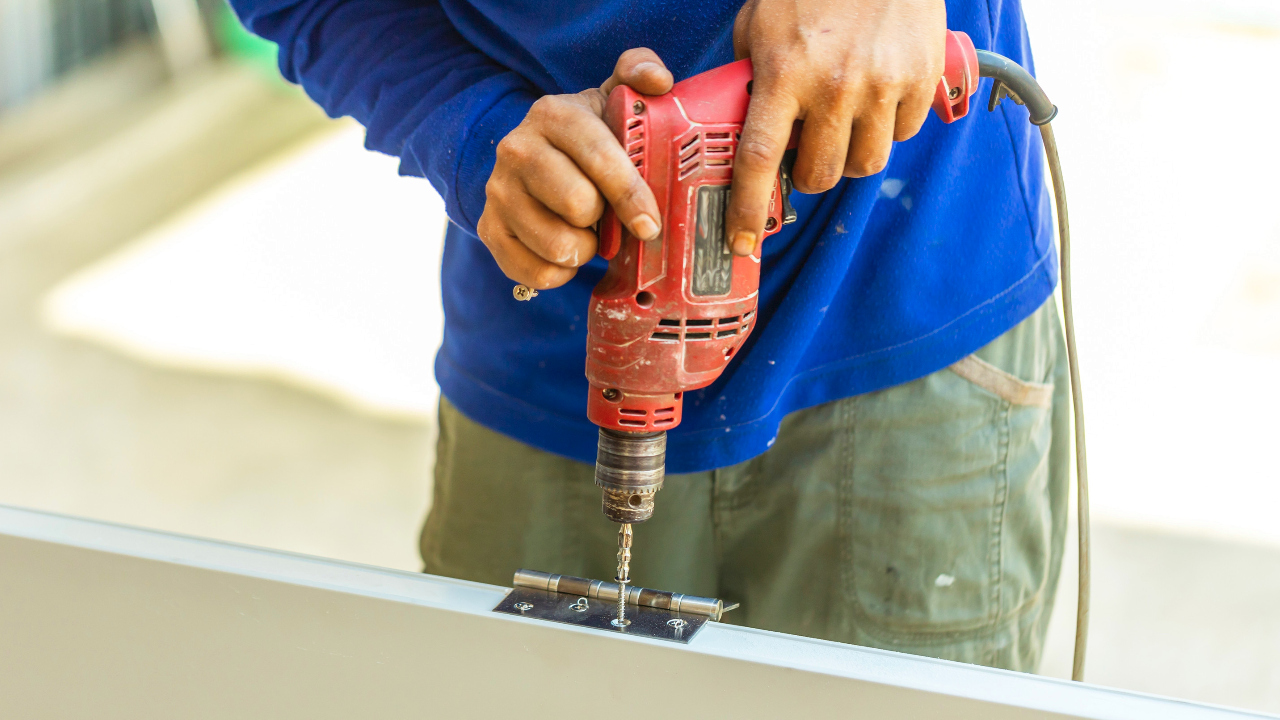
Repairs are a necessary part of being a homeowner. Calling in a handyman for every little fix, though, can get really expensive, really fast.
So, how can you save some money? Easy. Learn how to do some basic home repairs and maintenance yourself. DIY fixes can save you hundreds of dollars a year, if not more. That’s money you can put away for a rainy day or towards retirement—it’s your choice.
Here are 15 things even the pros recommend learning to do yourself.
1. Painting
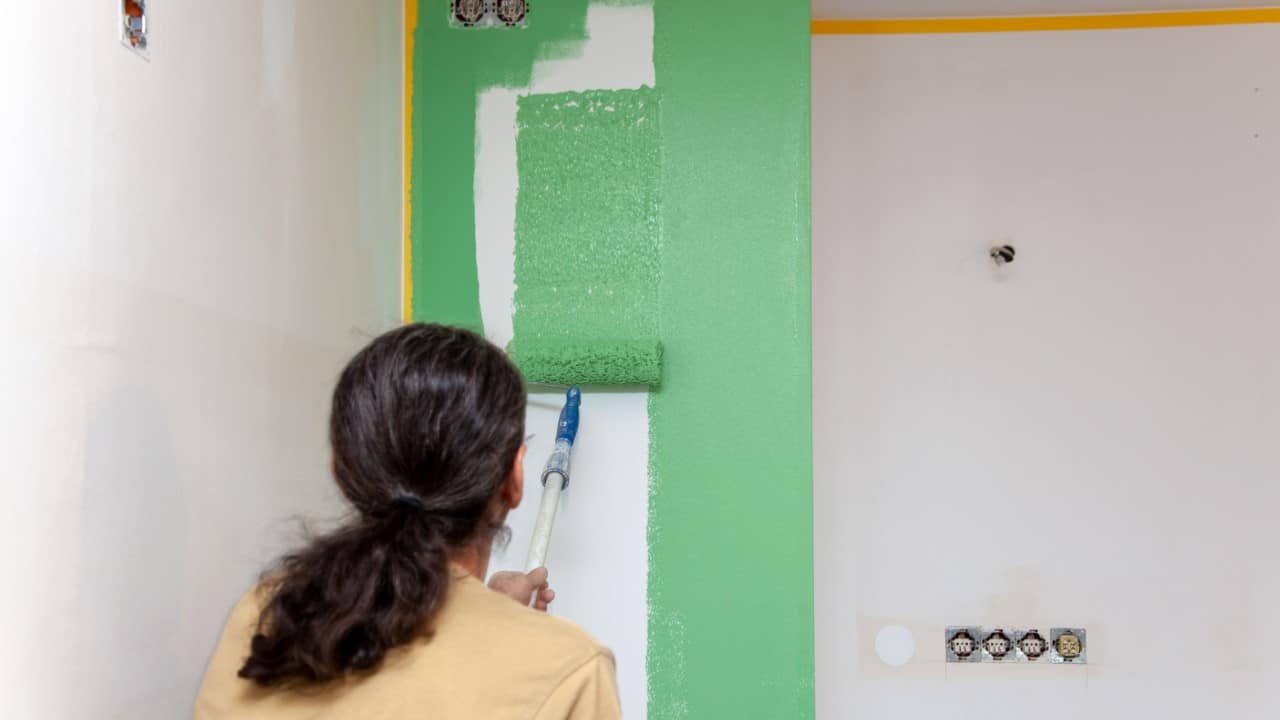
Painting is probably one of the most common things you’ll do as a homeowner. Perhaps the current coat is flaking off and needs an overhaul or you simply want a color change.
Painting is an art, though, and there are certain steps to take, such as evening out the coat if it’s flaking or using a primer if you’re going from dark to light. Then, of course, you want to make sure you protect surfaces you don’t want painted. Doing it yourself is definitely labor intensive, but can save you thousands.
2. Caulking
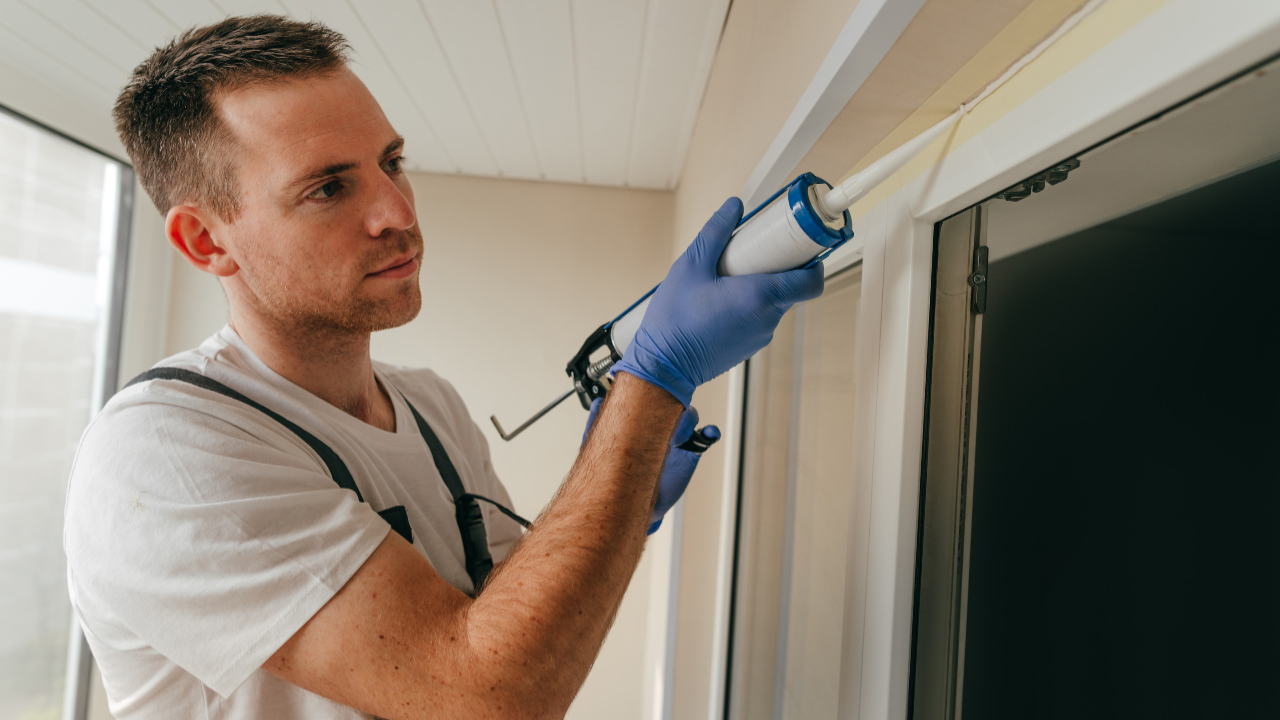
Air leaks are some of the major causes of energy spikes in your home, especially during the extreme weather months of the year. By sealing off these leaks, you’re saving money. And it’s a really easy task to do.
You simply need a caulk gun and caulk. That’s it. Other tools such as painter’s tape and a scraper can help protect areas and remove spilled caulk.
3. Fixing Leaky Faucets
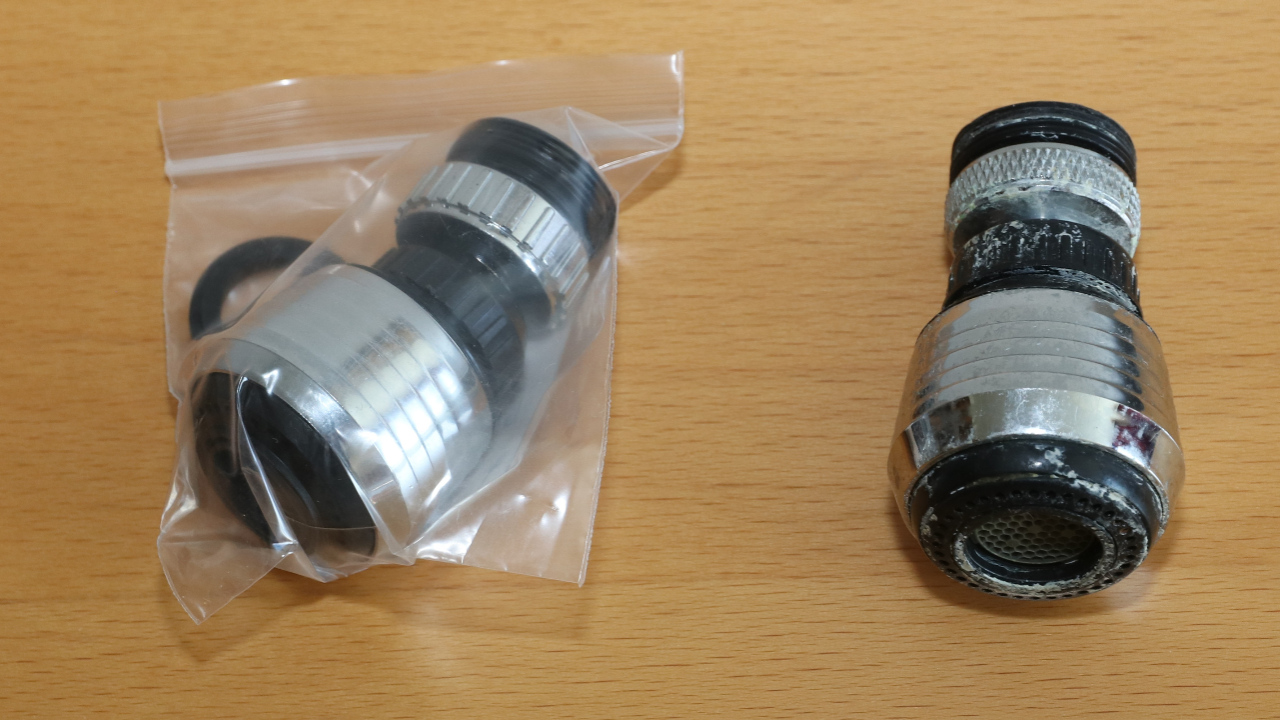
Do you hear the perpetual “drip, drip, drip” in your bathroom or kitchen? Chances are one of your valves is leaking and it’s a simple fix. One, that if you called in a plumber for, would set you back $200 to $400.
Instead, try to fix the leak yourself by replacing the faucet’s aerator or cartridges, first. It’s best to just replace these assemblies completely, and they’re really not that expensive. You’ll spend a fraction of the cost on supplies that you would on a professional.
4. Unclogging Drains
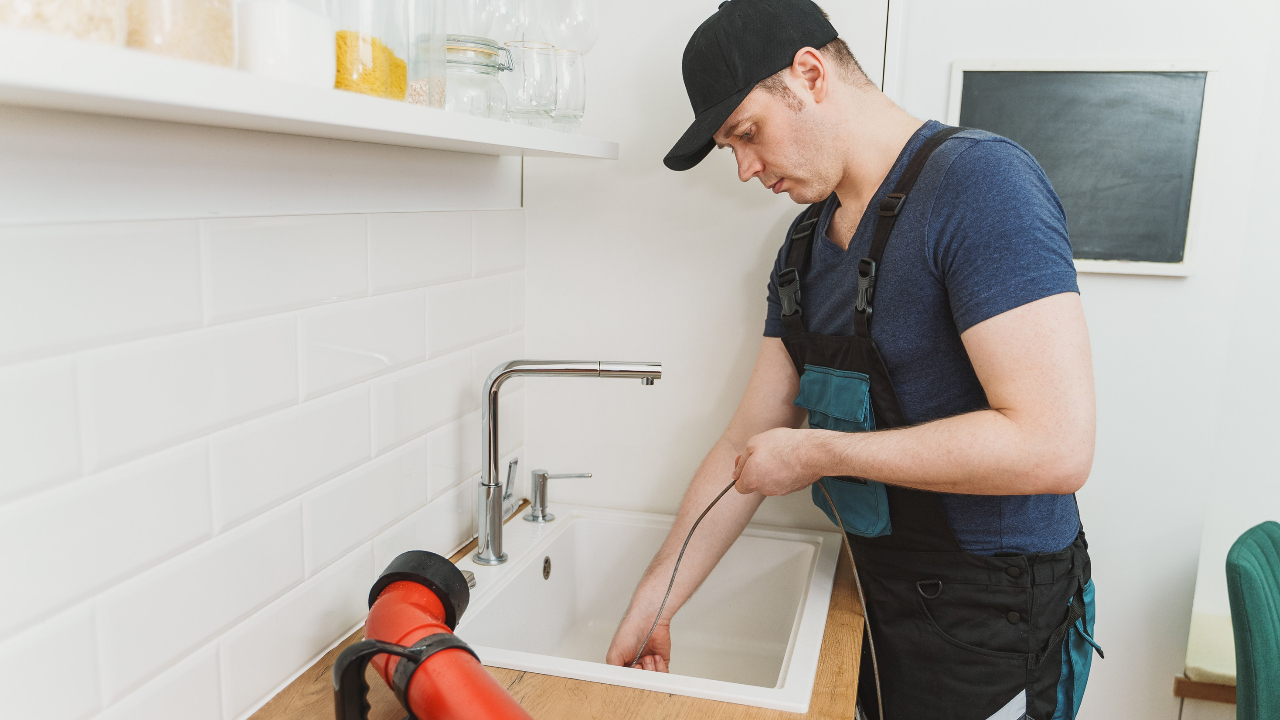
Drain clogs are annoying. It takes forever for the water to drain, if it does. Fortunately, they’re usually an easy fix.
A drain snake can help here, as long as the clog isn’t too deep. You could also try a (clean) plunger first, if you don’t have a plumbing snake. It can be tempting to use one of the drain cleaning products, but plumbers are adamant that they cause more harm than good.
5. Fixing Low Water Pressure
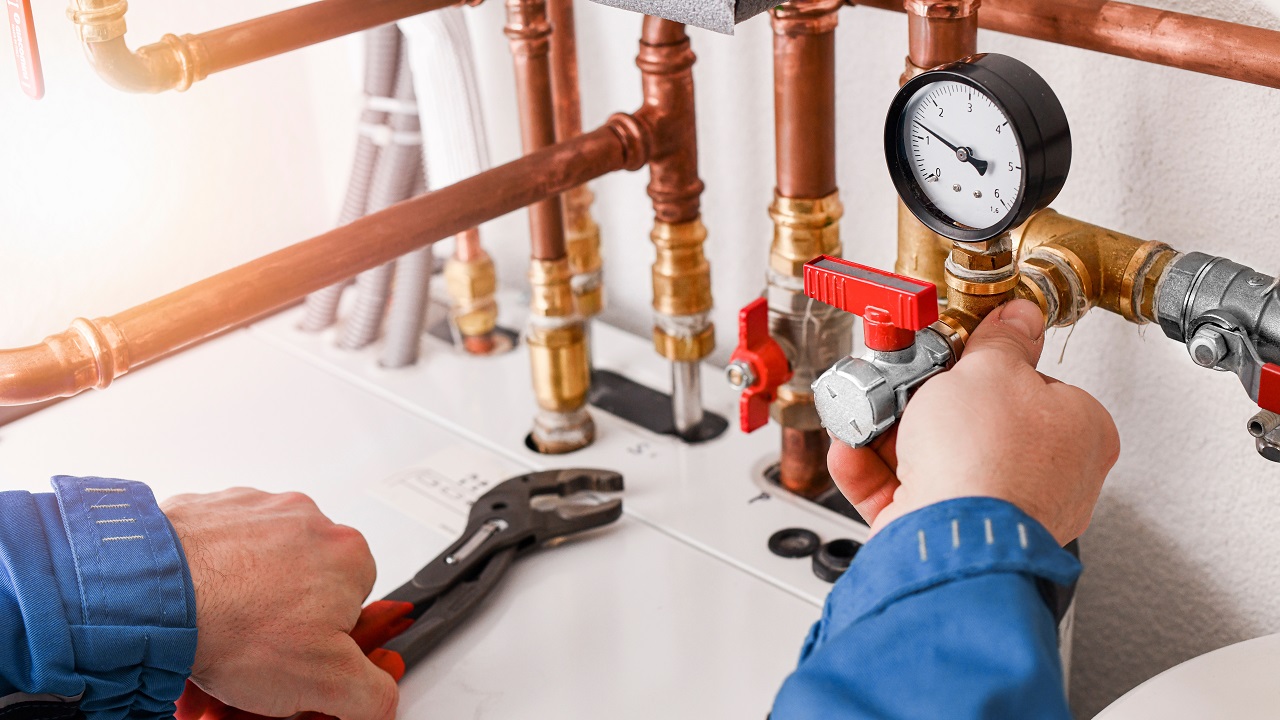
Low water pressure is one of those things you want to fix sooner rather than later. It can cause appliances to work inefficiently and could result in less-than-stellar showers.
Sometimes, it’s indicative of a bigger problem, such as a leaky pipe. You’ll notice, though, because your water pressure will all of a sudden decrease. But, sometimes, it just takes a turn of the pressure-reducing valve on your water line to fix.
6. Installing Light Fixtures
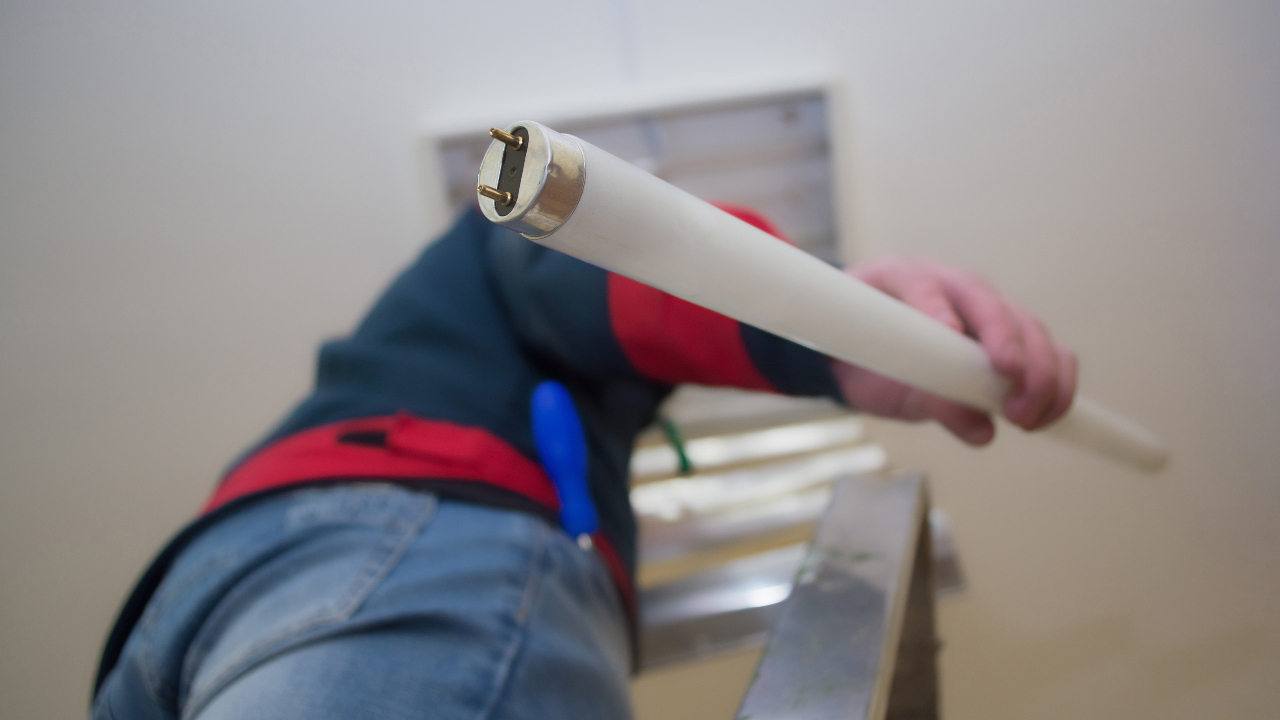
Sometimes, changing the light fixtures is all you need to do to create a new look in a room. You can absolutely do this yourself, but only if you’re okay working with electrical components.
It requires taking down old fixtures, which means removing electrical components from existing fixtures and reattaching them to your new ones, and securing them to the ceiling. It works best if you have someone to help you and remember to shut off the power to the room first in the breaker box.
7. Fixing Running Toilets

If there’s one annoying thing in homes, it’s the sound of a running toilet. You can literally hear the money going down the drain.
Most of the time, a running toilet is due to a worn flapper. This is a cheap fix. You can find the parts at the hardware store and replace them in mere minutes. Other issues that may cause a running toilet include a disconnected fill tube or a faulty fill valve. Doing these repairs yourself can save you more than $100.
8. Unclogging Toilets
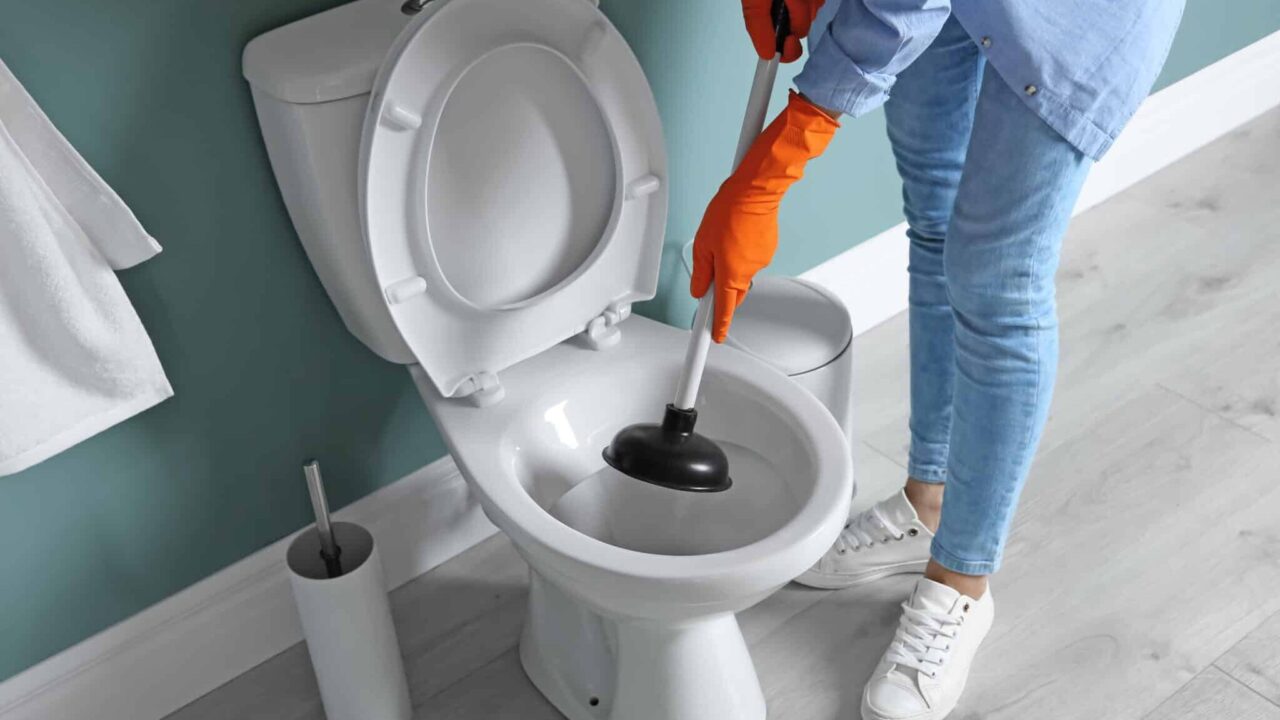
This is probably one of the most dreaded situations you have to deal with in a home. But, sadly, toilets do clog from time to time and need some fixing.
If a plunger is not doing the job, you don’t have to call in the big guns. Instead, try a plumbing snake first. It’s easy enough to crank the snake until it reaches the clog inside. If this fails, however, you will need the help of an expert.
9. Replacing Shower Heads
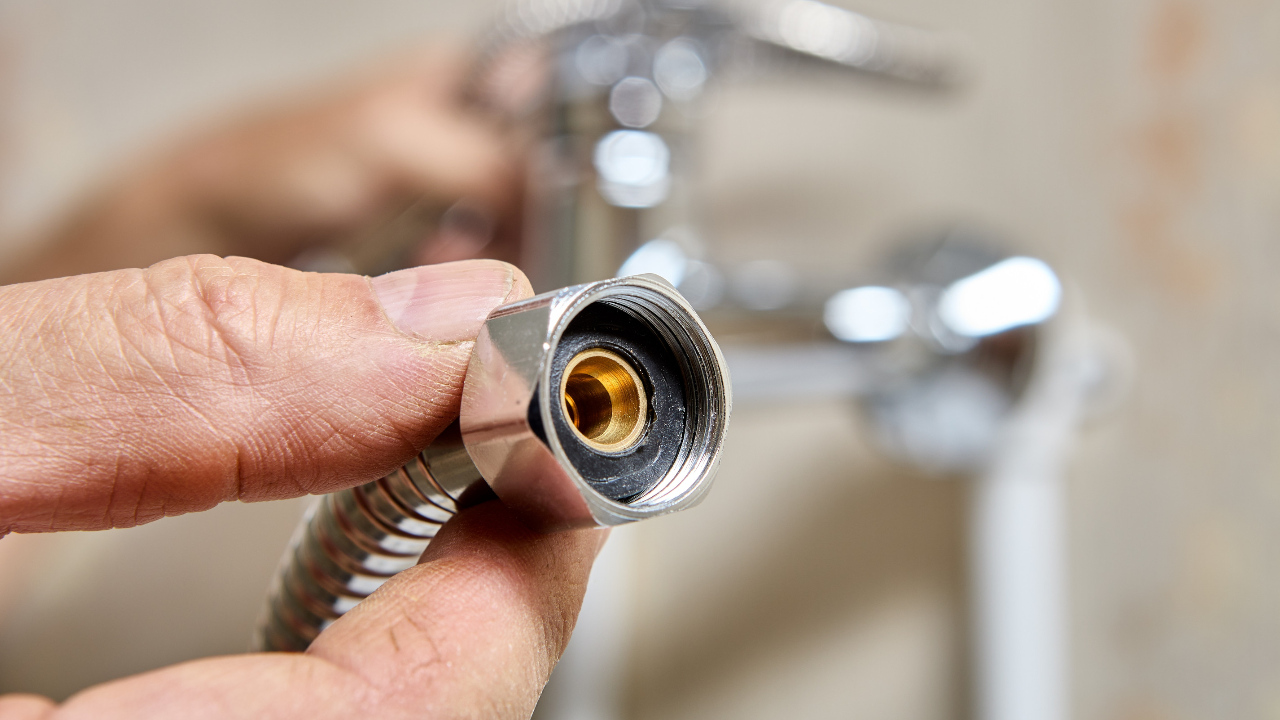
One of the first things I do in a new home is replace my showerheads. I like them to cover more space and basic models simply don’t do it for me.
While you can certainly call in a handyman to do this for you, it’ll cost labor plus supplies. The method for changing a fixed mount vs a hand-held shower head differ, so be sure you look up a tutorial video for the proper one if you don’t already know how to install it.
10. Troubleshooting Dryers
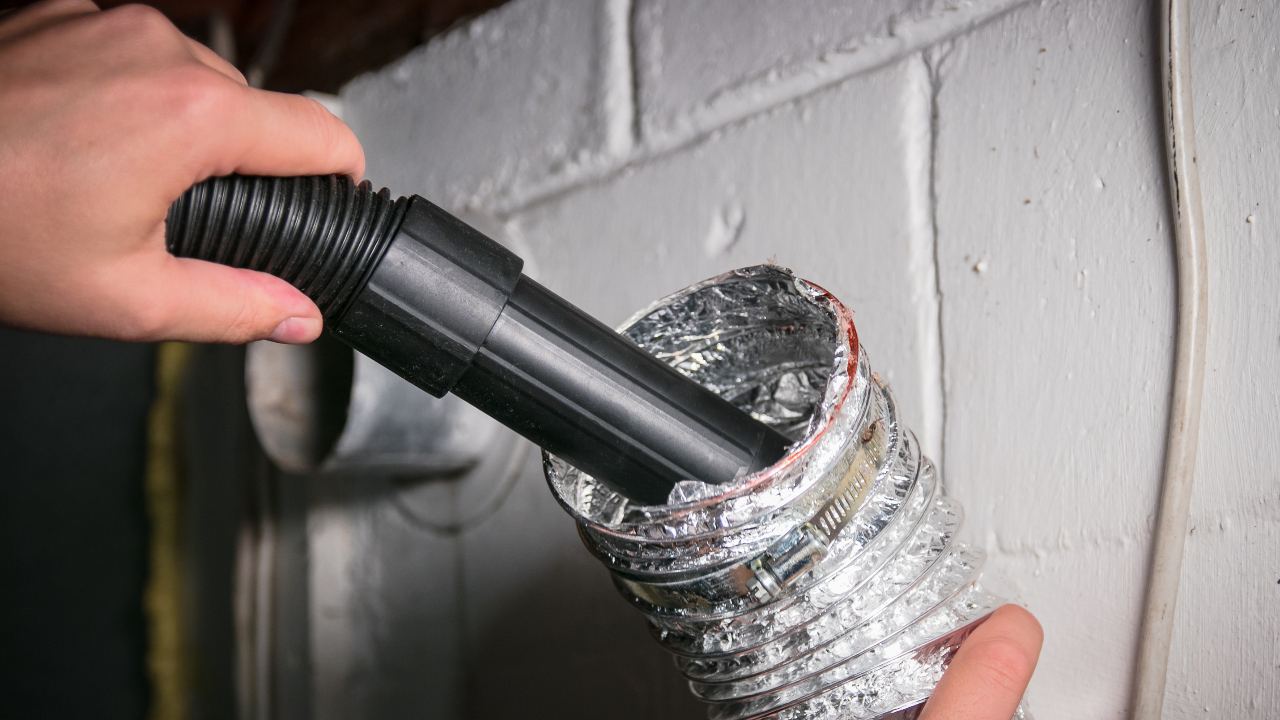
As much as we’d love to set it and forget it, the reality is our appliances need proper care in order to continue functioning properly. This includes your clothes dryer.
One of the most important things to do is ensure the ventilation system remains clear, because lint can build up inside the ducts. Signs your dryer needs attention include taking longer than normal to dry your clothes, or failing to dry them completely. If cleaning out your ducts doesn’t solve the problem, it may be time to call in the pros.
11. Repairing Window Screens
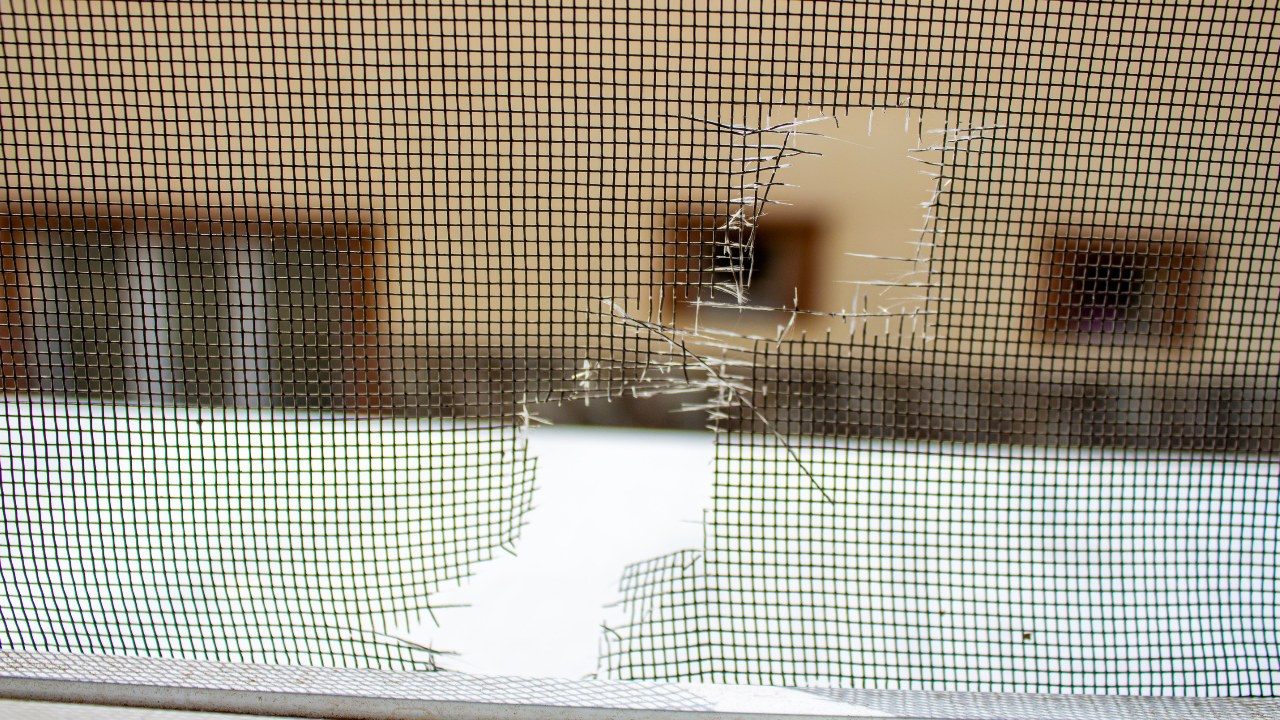
Window screens are useful for keeping bugs outside, but if yours have been compromised, it could lead to them finding their way inside. There is good news, though, you can fix them really easily.
At the hardware store, you can find window screen repair tape and patches. If the tear is small, you won’t need anything other than some clear nail polish.
12. Installing Ceiling Fans
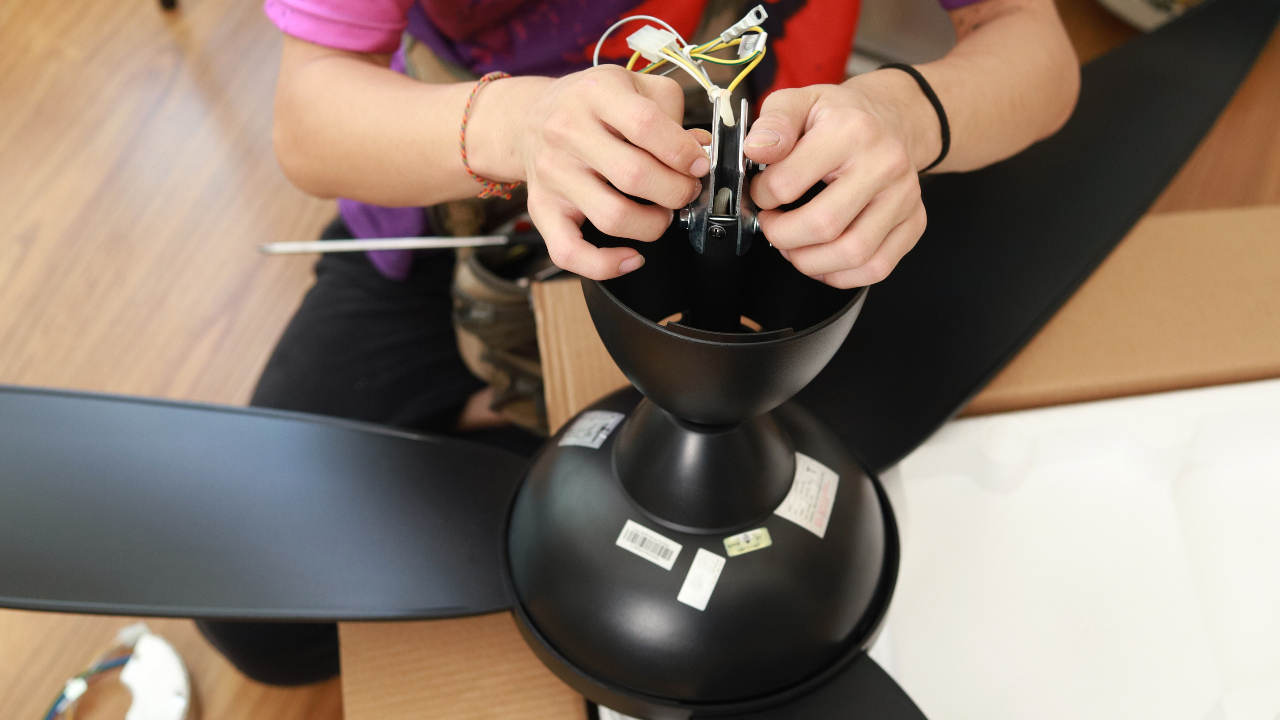
Ceiling fans have many perks. Not only do they provide airflow through a room, they can help lower your heating and cooling bills, as well.
Installing one isn’t all that difficult, but as with installing light fixtures, you do need to be okay with working with electrical components. It helps to have another set of hands as well. The ceiling fans typically come with installation instructions, but you can find videos online to help, too.
13. Silencing Squeaky Doors
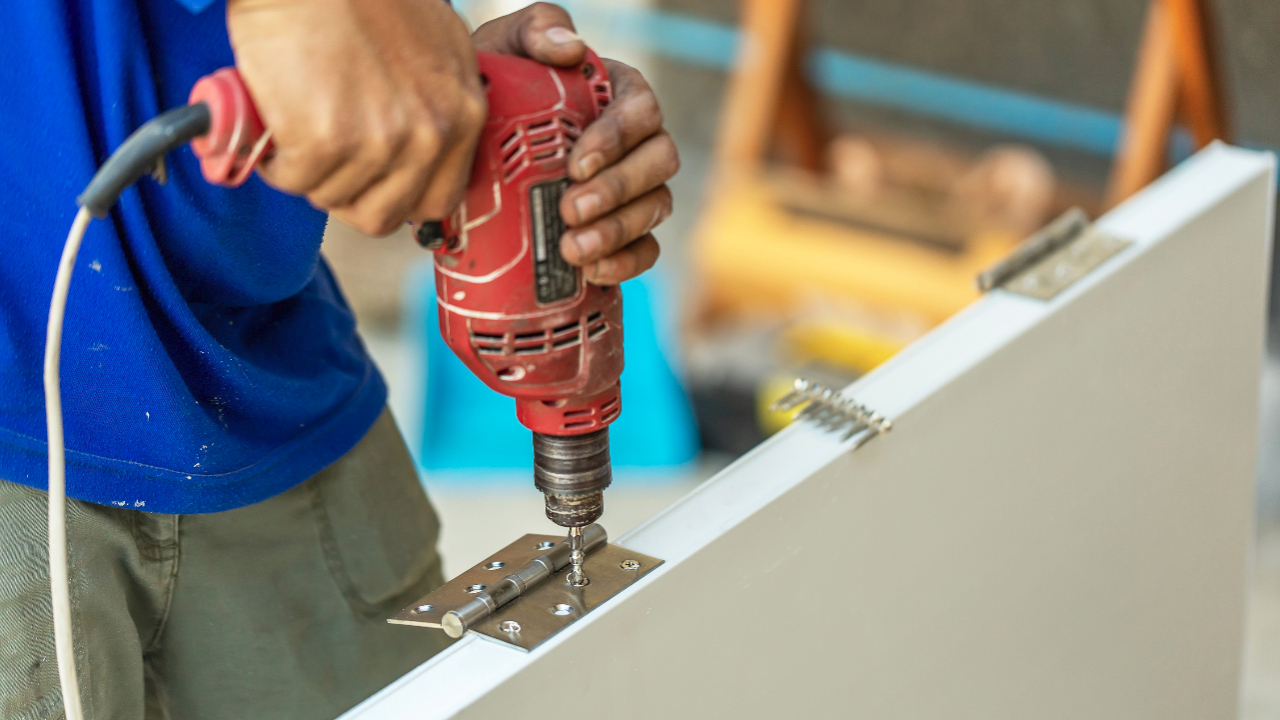
Squeaky doors can wreak havoc on the ears, especially if they’re really loud. The first thing to do is figure out why your door is squeaking. Is the hardware rusty or old? Is it dragging across the floor?
You can either replace or oil the hardware to eliminate squeakiness for the first issue. If it’s dragging across the floor and making an awful noise, often it’s due to swelling because of temperature changes. You can resolve this by either replacing the door with one that fits better, or by shaving off some of the bottom.
14. Patching Holes in Drywall
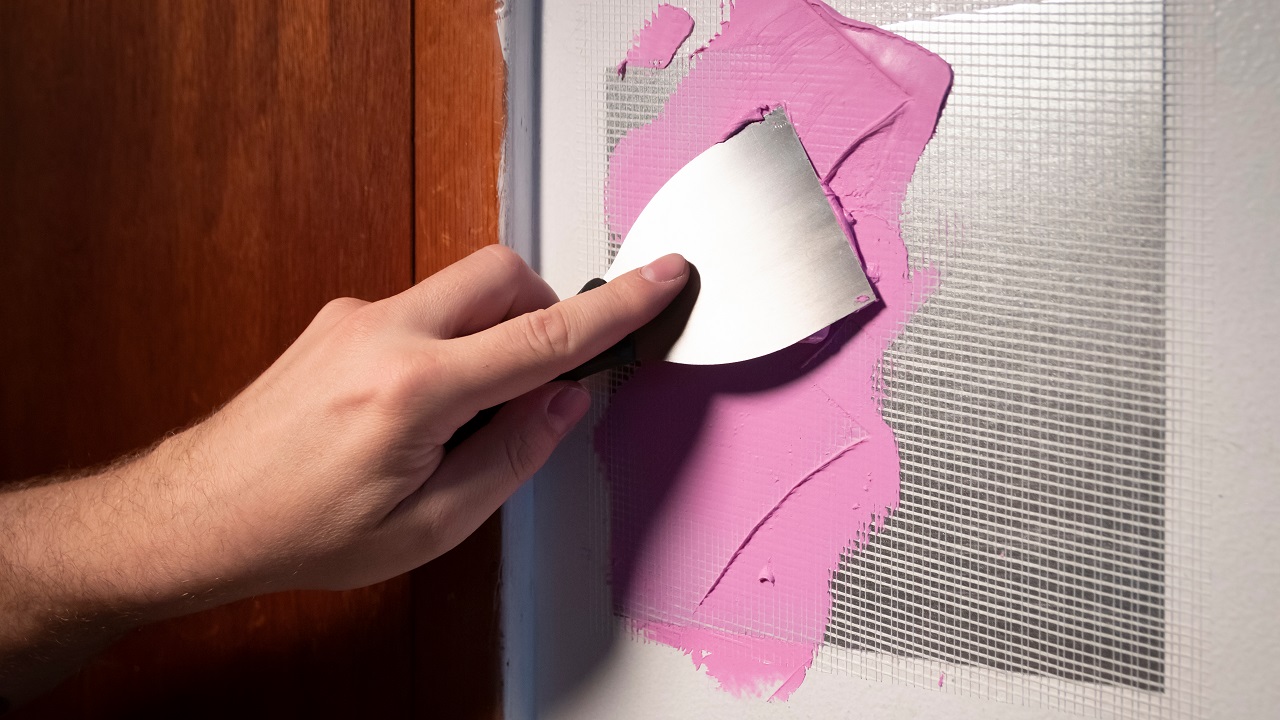
Drywall is a common material in homes, but it’s also easily compromised. If you have children or pets, you’re more likely to have to fix a hole in the drywall at some point. Instead of spending hundreds of dollars for Mr. Fix-it to come in, it takes a few simple supplies to do it yourself.
All you need is a few basic supplies, including the right tools, a drywall patch or tape, spackle, and some paint. There are many YouTube videos and tutorials online to guide you through the process.
15. Unsticking Your Windows

It’s really imperative that you be able to open your home’s windows. It’s a safety issue you hopefully never have to rely on. But, in the worst-case scenario, you don’t want to be trapped.
Unsticking windows can be as simple as scraping off dried paint that’s affecting its movability, or you might have to clean out and then properly lubricate the window’s tracks. Doing it yourself can save quite a bit of money.
What Tools Should You Have on Hand for DIY Home Repairs?
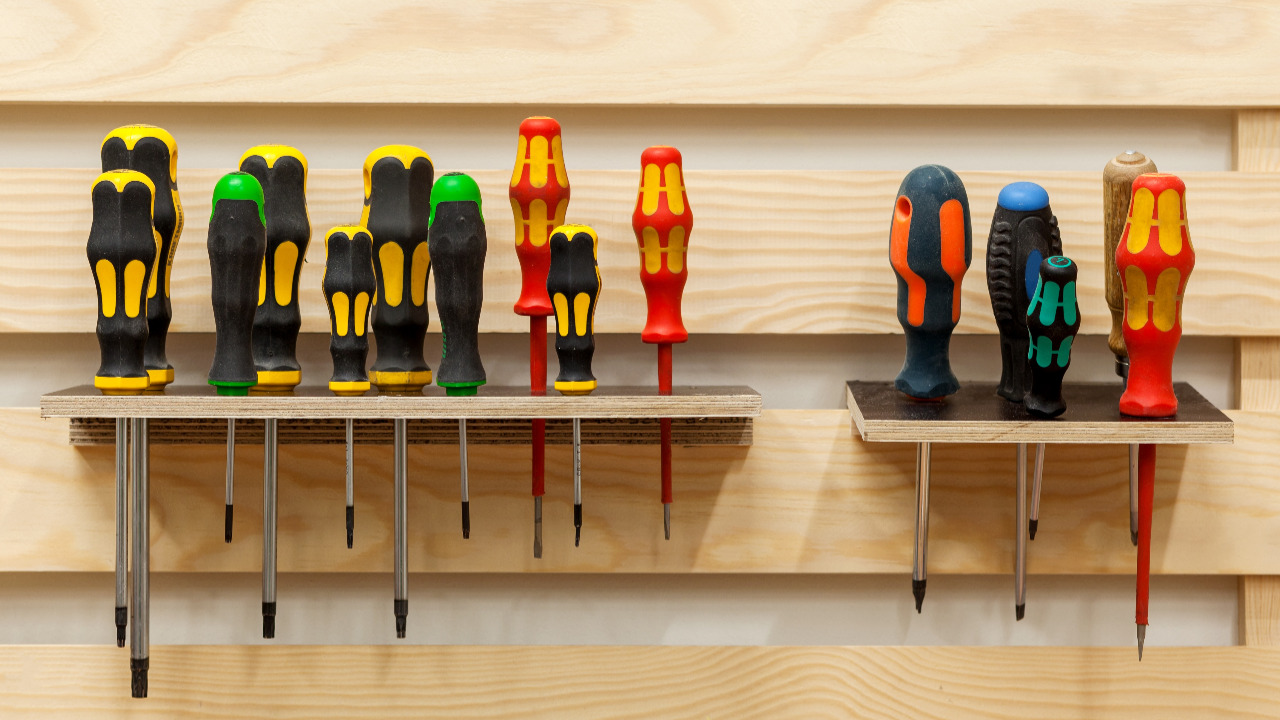
Your ability to DIY repairs hinges, of course, on having the right tools on hand. If you don’t have them already, you will bear the added expense, but here’s the good thing: most of these tools you’ll use over and over again, so they’re well worth the investment.
- Screwdrivers – Phillips-head and flat-head
- Hammer
- Pliers
- Wrenches
- Drill
- Utility knife
- Tape measure
- Level
All of these tools can be found at your local hardware store, along with the supplies you’ll need to carry out any of the DIY projects listed here.





